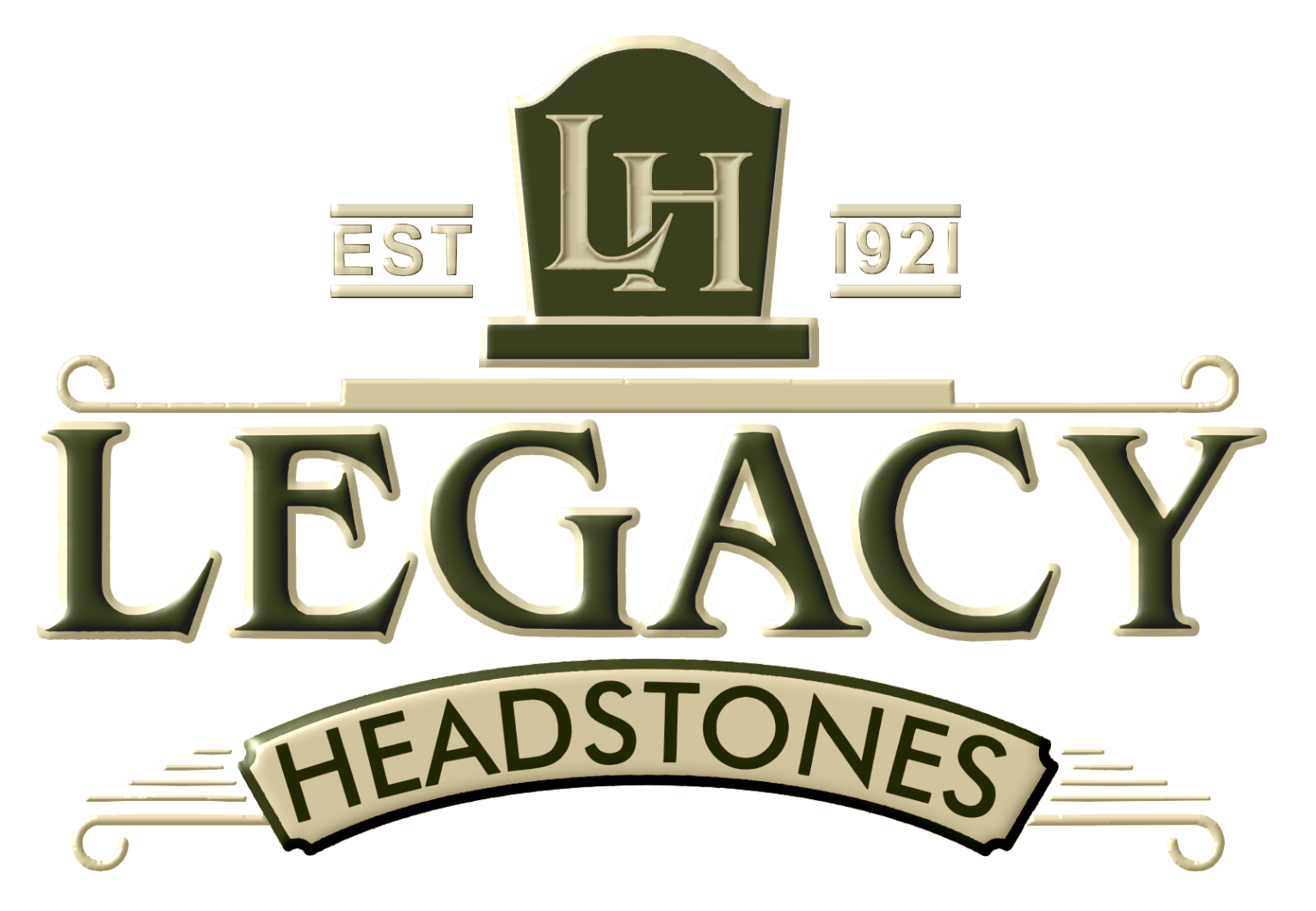Alas, poor Yorick! I knew Horatio, a fellow of infinite jest, of most excellent fancy." Many of us may instantly recognize this line as part of Hamlet, Act 5, Scene 1 of the play. You may have forgotten that that iconic line was delivered while Hamlet was in a cemetery.
Cemeteries have become such an ingrained part of the human experience that they have become part of our lives in literature and art. Le Fantôme de l'Opéra, by Gaston Leroux, has inspired many other stories, movies, and musical adaptations, featuring a graveyard scene where Christine visits her father's grave and meets the Angel of Music. In 2008, Neil Gaiman wrote a graveyard version of The Jungle Book, called The Graveyard Book, a setting inspired by Highgate Cemetery in London. And these are the tip of the iceberg when it comes to literature and art pieces featuring cemeteries!
For many who love the historical, cultural, and archaeological aspects of cemeteries and those who love the Gothic architecture and ambiance—cemeteries are a place of breathtaking human art and architecture.
Brief Look at The History of Cemeteries and Crematoria
The word cemetery originates in the Greek word for "sleeping place," originally applied to the Roman catacombs. Initially, in Europe, burial was under the strict control of the church, meaning burials were often in mass graves until they decomposed, then the bones were removed to ossuaries along the walls of the cemetery or even under the floor within the church. People of importance were often buried directly within the church itself with complete stone inscriptions, while the next level of importance was often buried within the churchyard, where there was also another hierarchy. The East side of a churchyard tended to face the rising sun, so the following hierarchy was often buried there. The South side of a church graveyard was the next best area if the East side of the cemetery became crowded; the south side was used for the affluent and influential.
The common folk, the poor, unknown travelers, were buried in the North side of the churchyard.
Only those who were wealthy enough could afford headstones and the ornate engravings and ornamentation. And those that could not would often get a metal or wooden cross at their burial site.
The early 1800s in Europe saw a massive increase in the population, and many church burials became overcrowded, causing recurring infectious diseases near the cemeteries themselves. Floods and natural disasters often washed out layers of coffins or bodies into surrounding towns and villages. The development of cemeteries separate from the churchyard in the mid-19th century resulted from the unsavory and unsanitary nature of previous urban churchyards.
In the mid-19th century, many desired alternatives to dangerous, disease-ridden, and overcrowded church yards, and local authorities, who were often asked to develop a graveyard, would commission leading architects and designers to help them layout not only the cemetery landscapes but also build chapels, lodges, gates, and walls.
As cemeteries grew in esteem, families commissioned grand monuments with exquisite sculptures and beautiful stones. Unfortunately, very few early monuments, from Medieval outdoor tombs and 17th-century headstones, are now extremely rare. However, once the opening of new cemeteries began in the 19th century, these created new opportunities for people and families of all backgrounds, creating beautiful large tombs and memorials for a loved one became much more affordable.
The Cultural Influence of Cemeteries
Within America, there is a dynamic evolution visible within our cemeteries. Each reflects the changes in cultural realities, taking on distinctive aspects of regionalism, ethnicity, religious influence, and many other factors. Surprisingly, they also remain an example of personal innovation, as anyone who has spent time exploring or researching historic and local cemeteries and seeing the remarkable variety of monuments.
On the other hand, alongside innovative new layouts, new burial options, and newer grave markers—there are also a considerable amount features that speak to our conservative natures within our cultures to preserve these sites and artifacts, and sometimes even practices that may no longer be observed but can be traced back centuries to other lands and other cultural influences.
Many American cemeteries and grave markers contain huge pieces of today's cultural landscapes. For example, Art Historian Peggy McDowell examined the designs in New Orleans's distinctive early cemeteries, examining the enormous influence of the 19th century New Orleans of French-trained architect J.N.B de Pouilly. An influence that, to this day, can be evident when touring many of these American cemeteries.
Cemeteries are ever evolving and changing to adapt to their surroundings, creating an irreplaceable historical resource and vital record of local social customs and social history and becoming a biography of its surrounding community. They create spaces for grieving and healing and help those seeking meaning behind death and life.

